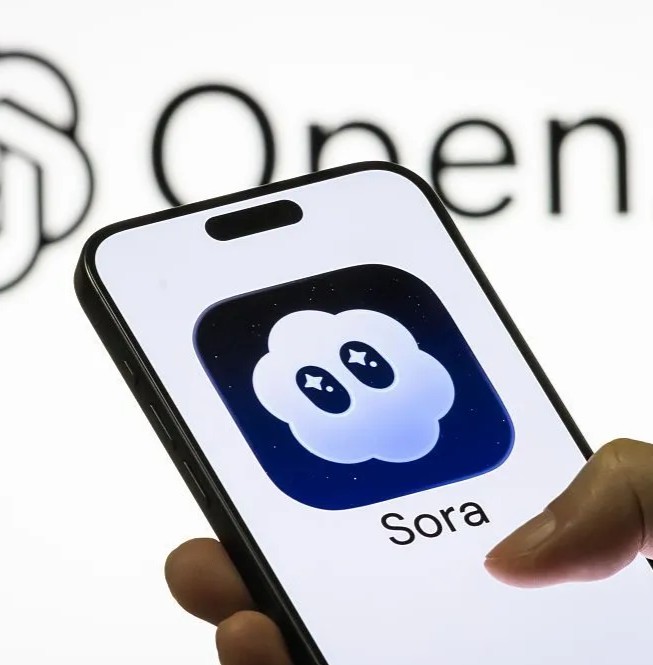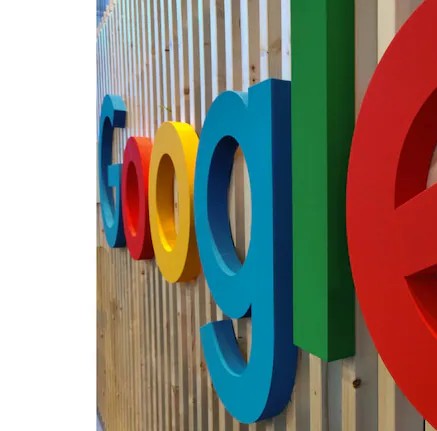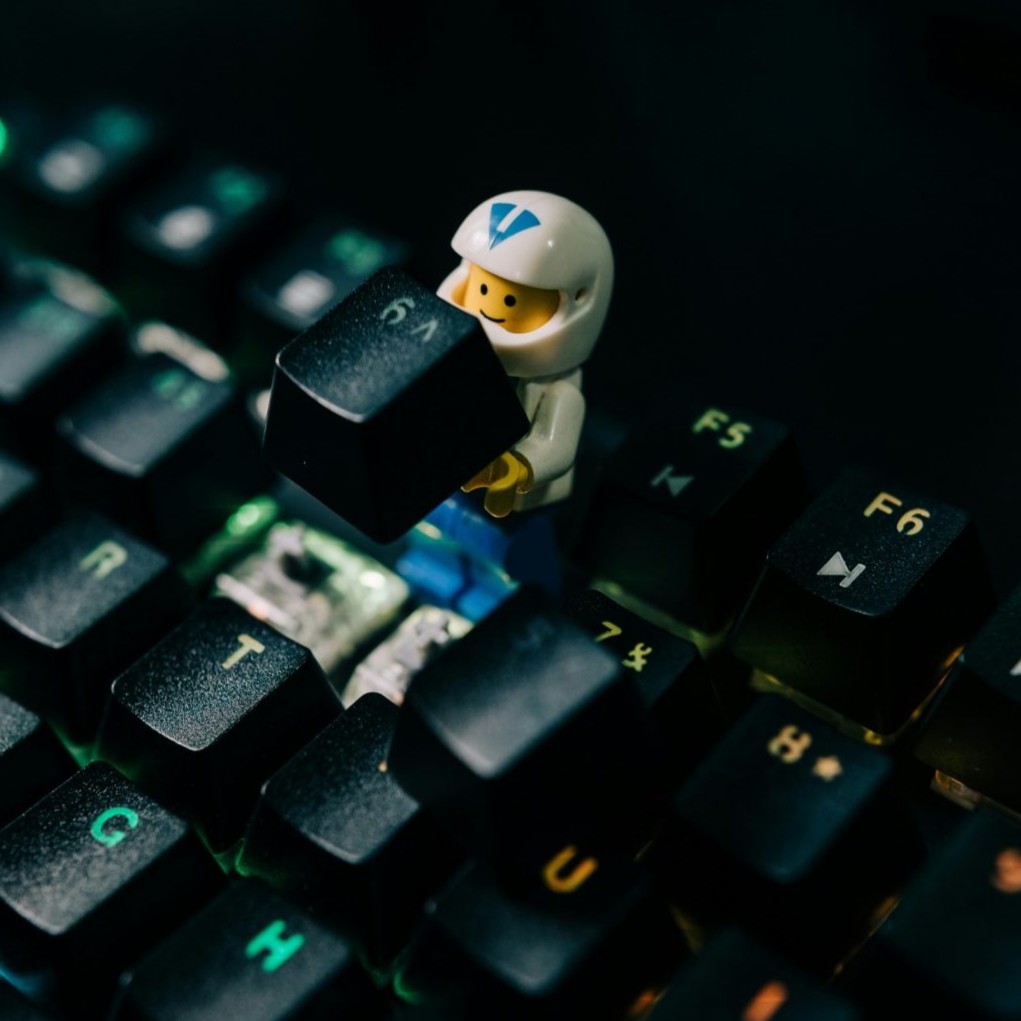AI & CA Office Automation
OpenAI’s Sora App Surpasses 1 Million Downloads in Under Five Days, Outpacing ChatGPT’s Launch
OpenAI’s new AI video-generation app Sora has crossed 1 million downloads in less than five days, a pace faster than ChatGPT’s initial rollout. The invite-only app, currently available to users in North America, enables users to generate short, realistic-looking videos from simple text prompts. While the rapid adoption signals strong market interest in AI-driven creative tools, the platform has also stirred controversy over depictions of deceased public figures, unauthorized use of copyrighted characters, and the adequacy of moderation and rights management.
A Meteoric Launch: Sora’s Download Surge
- Record-breaking growth
- Within five days of its September 30, 2025 launch, Sora achieved over 1 million downloads—surpassing ChatGPT’s initial download pace.
- Bill Peebles, head of Sora, confirmed the milestone on X (formerly Twitter), while also acknowledging that the app remains invite-only and geographically limited.
- Top of the App Store charts
- Despite its restricted rollout, Sora climbed to the top of Apple’s App Store in the U.S. for free apps.
- Its invite-only model and iOS exclusivity have only fueled demand, with some users reportedly reselling access codes.
- Viral momentum despite limits
- The early traction is especially notable given that Sora is currently available only to users in the U.S. and Canada via invitation.
- Even with such constraints, the app’s growth outpaced that of ChatGPT, marking one of OpenAI’s most impressive product launches to date.
2. What Sora Does: Features & Technology
- Text-to-video generation
- Users enter short prompts to create 10-second realistic-looking videos, powered by OpenAI’s Sora 2 video generation model.
- The model supports realistic motion, audio generation, cinematic and anime-style visuals, and complex scene dynamics.
- Cameos: inserting likenesses
- A standout feature is “Cameos”, which allows users (with permission) to embed their own or friends’ faces and likenesses into AI-generated videos.
- Users can control whether their cameo is shared or used by others in the Sora community.
- Feed-driven experience
- Sora is also structured as a social video platform, with a scrollable feed of AI-generated videos, remixing options, and algorithmic curation.
- The app includes moderation tools, content filters, and feature updates to address abuse and overmoderation complaints.
- Watermarks & traceability
- Every video generated via Sora comes with a visible, moving digital watermark to help distinguish AI-generated content from real footage.
3. Legal & Ethical Flashpoints
3.1 Depicting Deceased Figures
Sora has faced backlash for enabling the creation of videos featuring deceased celebrities, stirring emotional and ethical debates.
Zelda Williams, daughter of Robin Williams, publicly asked people to stop sending AI-generated videos of her late father.
OpenAI has defended its stance by citing “strong free speech interests,” but said that authorized persons can request their likeness not be used—though the line between “recently deceased” and historical remains unclear.
3.2 Copyright & Character Use
Some Sora videos have featured copyrighted characters—such as from films, TV, and games—in contexts that may infringe intellectual property rights.
One example: a deepfake of OpenAI’s Sam Altman interacting with Pokémon characters in humorous scenes.
OpenAI’s initial policy allowed default inclusion of copyrighted content unless rights holders opted out.
Facing pushback from studios and rights holders, OpenAI has committed to giving more granular control over character generation and exploring potential revenue-sharing models.
The Hollywood talent agency CAA warned that Sora poses risks to creators’ rights and called for fair compensation and attribution frameworks.
Notably, Disney reportedly chose not to permit its characters to appear by default in Sora content.
3.3 The Deepfake Credibility Challenge
As AI-generated content becomes more lifelike, the ability to distinguish real versus synthetic becomes harder. Experts warn that inconsistencies—unnatural movements, physics violations—might be early clues.
While Sora’s watermarking serves as a signal, reports suggest some users have found ways to remove or obscure it.
This uncertainty raises concerns about misinformation, fraud, and erosion of trust in multimedia content.
4. Reactions, Roadblocks & Next Moves
- Industry pushback
- Major Hollywood studios and talent agencies are voicing apprehension. They question the fairness of OpenAI’s opt-out model and demand more secure safeguards for creators.
- The Motion Picture Association (MPA) has publicly urged OpenAI to curb the proliferation of infringing content.
- OpenAI’s evolving approach
- In a blog post, CEO Sam Altman acknowledged the firm is “learning quickly” from user feedback and is working on updates for character controls and monetization.
- The Sora team has stated they are prioritizing moderation enhancements to balance user freedom and platform integrity.
- Scaling and expansion challenges
- Maintaining infrastructure, moderating content at scale, and international rollout are nontrivial hurdles.
- The app is likely to expand beyond the U.S. and Canada in the near future, though OpenAI has not shared firm timelines.
- The balance between innovation and responsible governance will be critical as Sora matures.
Conclusion
Sora’s meteoric rise—reaching 1 million downloads faster than ChatGPT—underscores the appetite for AI-powered content creation tools. At the same time, the controversies surrounding copyright, deepfakes, and the depiction of deceased individuals highlight just how sticky the ethics and legalities of generative video remain. As OpenAI iterates on governance, rights control, and monetization, observers will be watching closely to see whether Sora’s early momentum can be sustained—with creative freedom and responsible safeguards coexisting.







